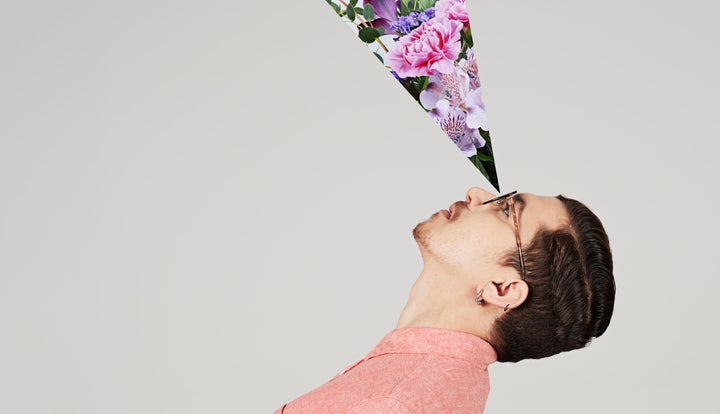
When you picture a creative thinker -- an architect, writer or tech innovator -- what do you see? There's a pretty good chance you're imagining a man, perhaps a Steve Jobs or David Foster Wallace.
New research finds that we tend to associate creativity with stereotypically masculine traits like risk-taking, self-reliance and adventurousness. The series of four Duke University studies, recently published in the journal Psychological Science, suggests that as a result of this bias, people are likely to rate men's contributions as more creative than women's.
"[T]he perceived association between these stereotypically masculine traits and popular understandings of creative thinking creates bias in judgments of men and women's creativity," Devon Proudfoot, a Ph.D. candidate at Duke and the study's lead author, told The Huffington Post in an email.
The upshot? Women may be at a disadvantage in professions where creativity and innovation are valued.
For the first experiment, the researchers randomly assigned 80 men and women to read one of two passages on creativity: One described it as the ability to "think outside the box"; the other as the ability to "connect the dots." Then, the participants were asked to rate 16 personality traits based on how central they are to creative thinking.
As hypothesized, the volunteers rated stereotypically masculine traits (such as decisiveness, competitiveness, risk-taking, ambition and daring) as being more important to creativity than stereotypically feminine qualities (such as cooperation, understanding and support of others). This effect was even stronger among participants who read the passage about creativity as thinking outside the box.
In the second experiment, 169 volunteers were asked to read about a fictional person who was either a fashion designer or an architect, and was either male or female. Then, the volunteers rated three images of that person's work for creativity, originality and outside-the-box thinking.
The male architect was generally judged to be more creative than the female architect. There was no overall difference, however, between the assessments of the male and female fashion designers.
To look for these biases in a real-world setting, the researchers analyzed performance evaluations for senior-level executives, 100 male and 34 female. Male executives tended to be judged as more innovative.
Finally, study participants were asked to rate fictional managers who adopted a risky strategic plan. Except for their gender, the male and female managers were described in the same way. Participants tended to rate the male manager not only as being more creative, but as having more agency and being more deserving of rewards.
That people link innovation with men is, obviously, not good for women.
As Proudfoot noted, "creativity is one of the most valued abilities in our society today, particularly within the upper echelons of the workforce." The bias found in the Duke research, she said, "may be contributing to the persistence of gender inequality within the labor force's elite ranks."
CORRECTION: An earlier version of this story identified Devon Proudfoot as a male professor when, in fact, she is a female Ph.D. candidate.
